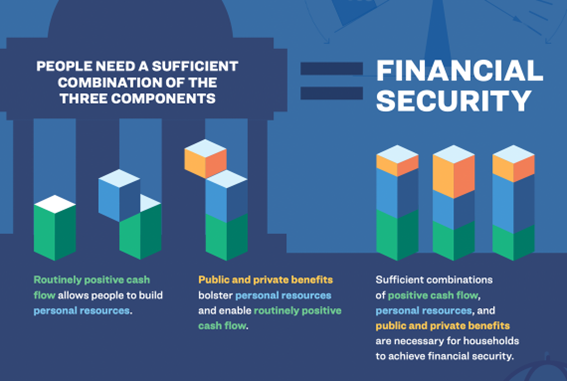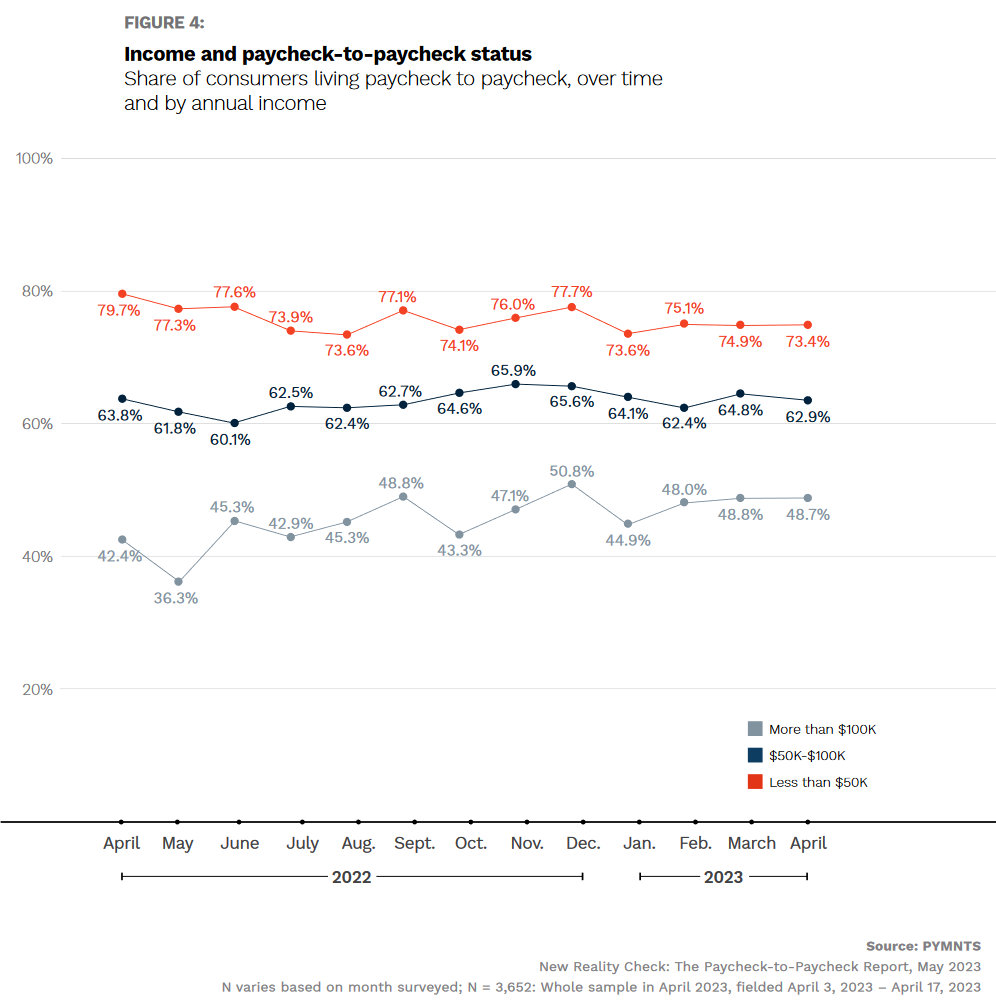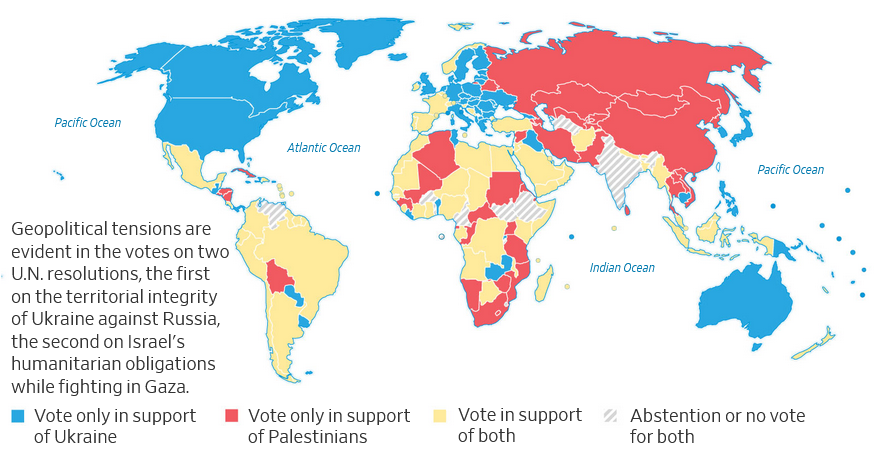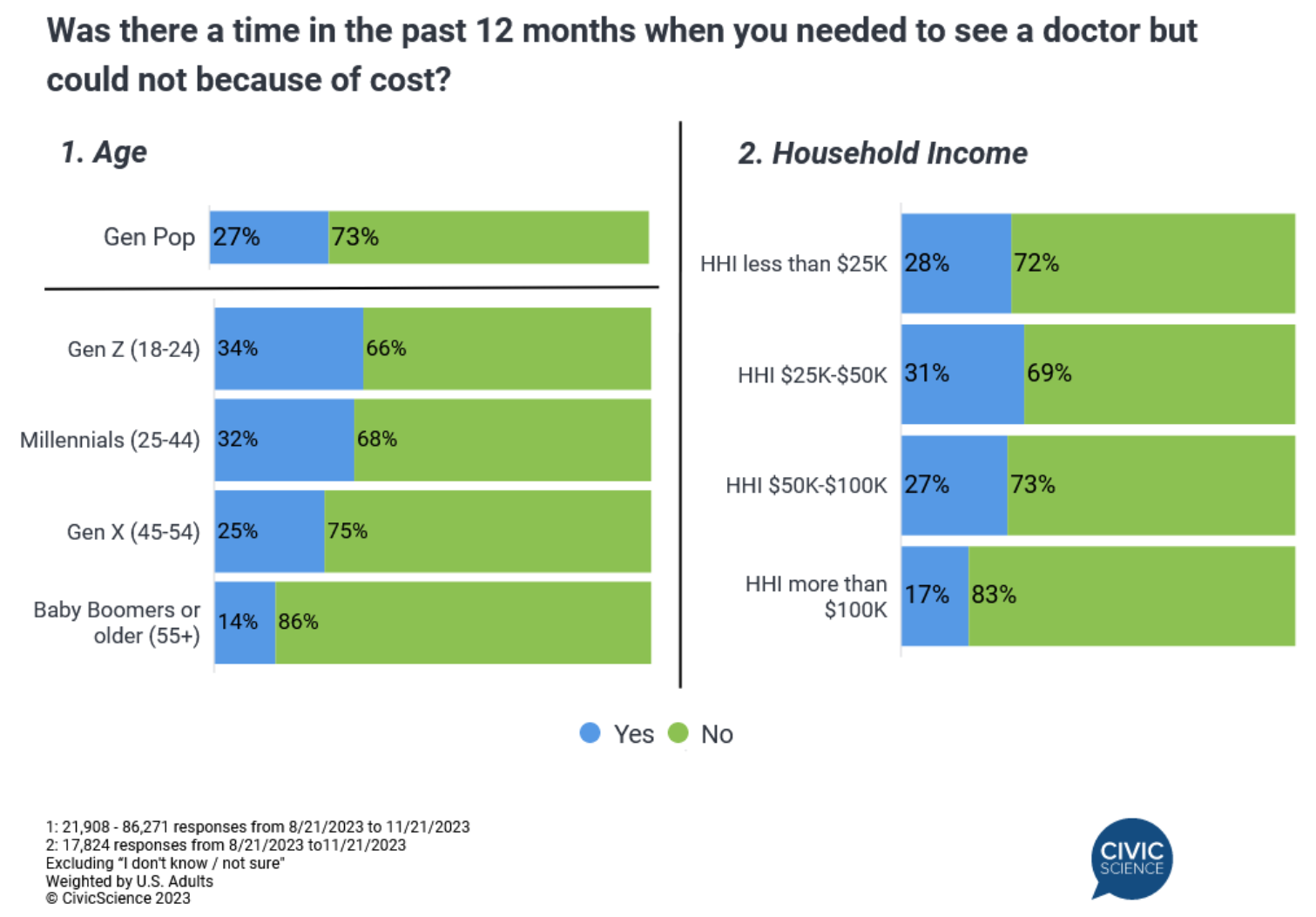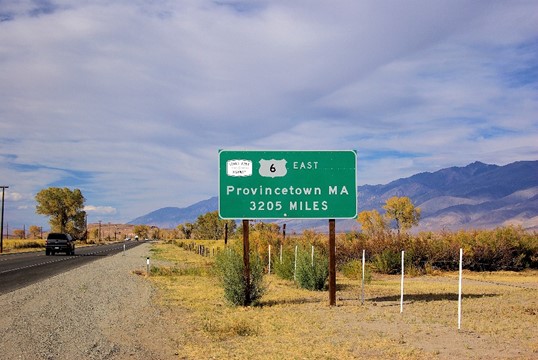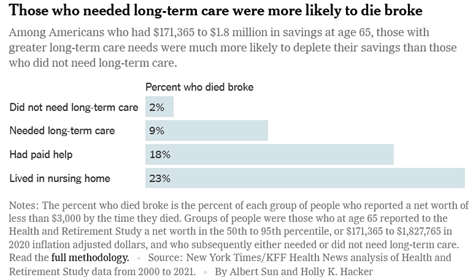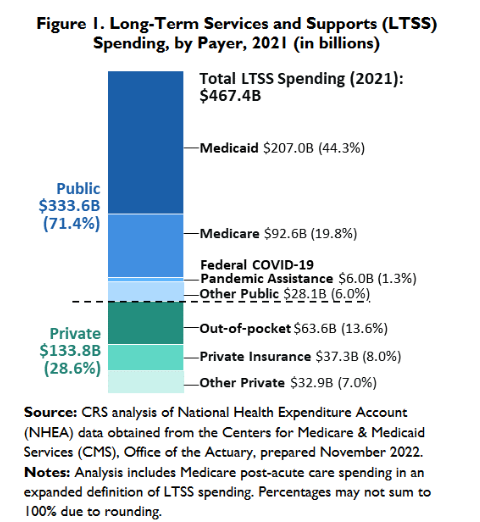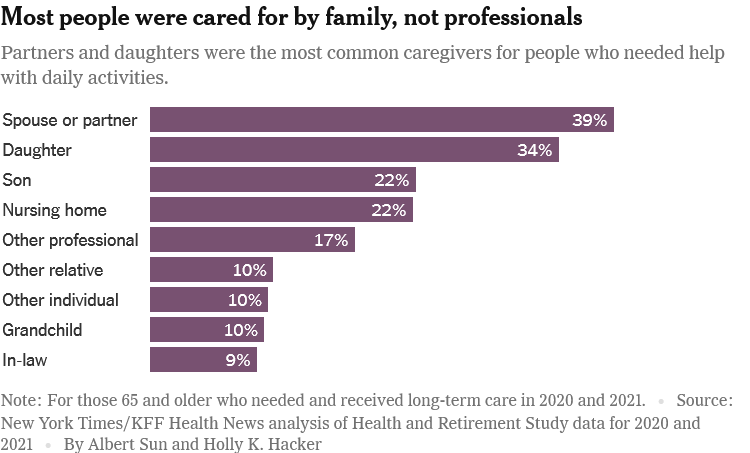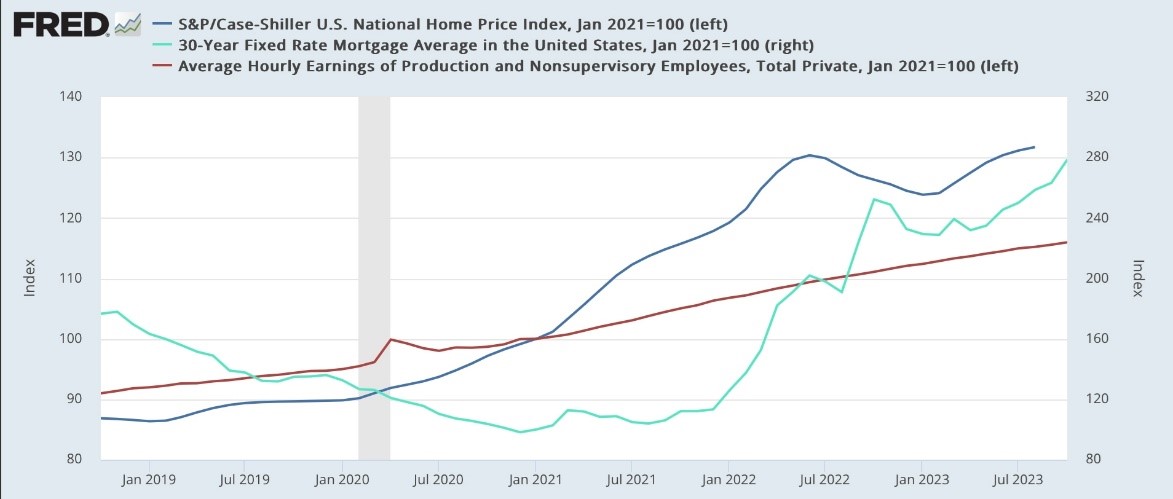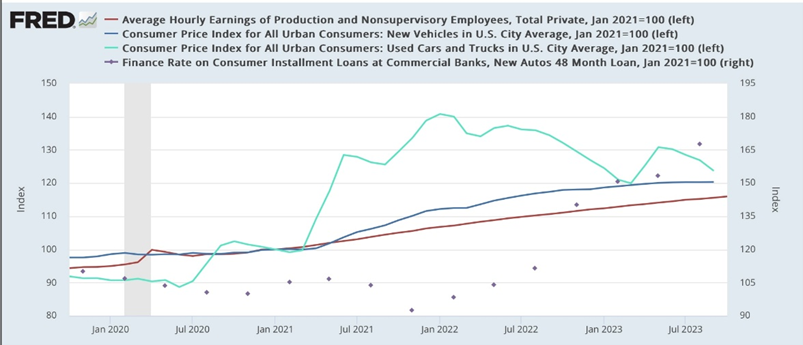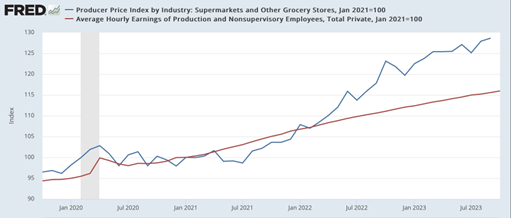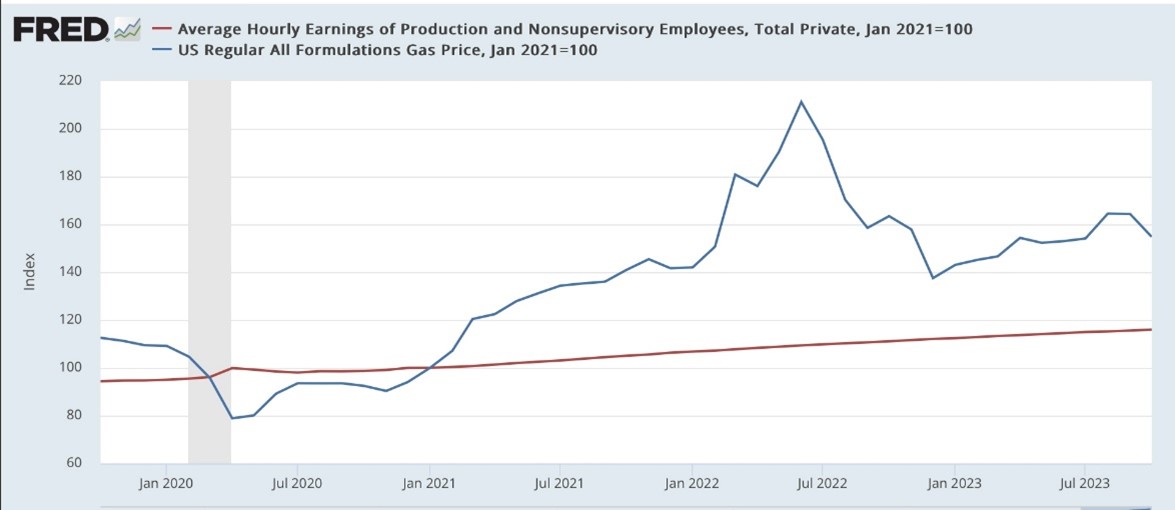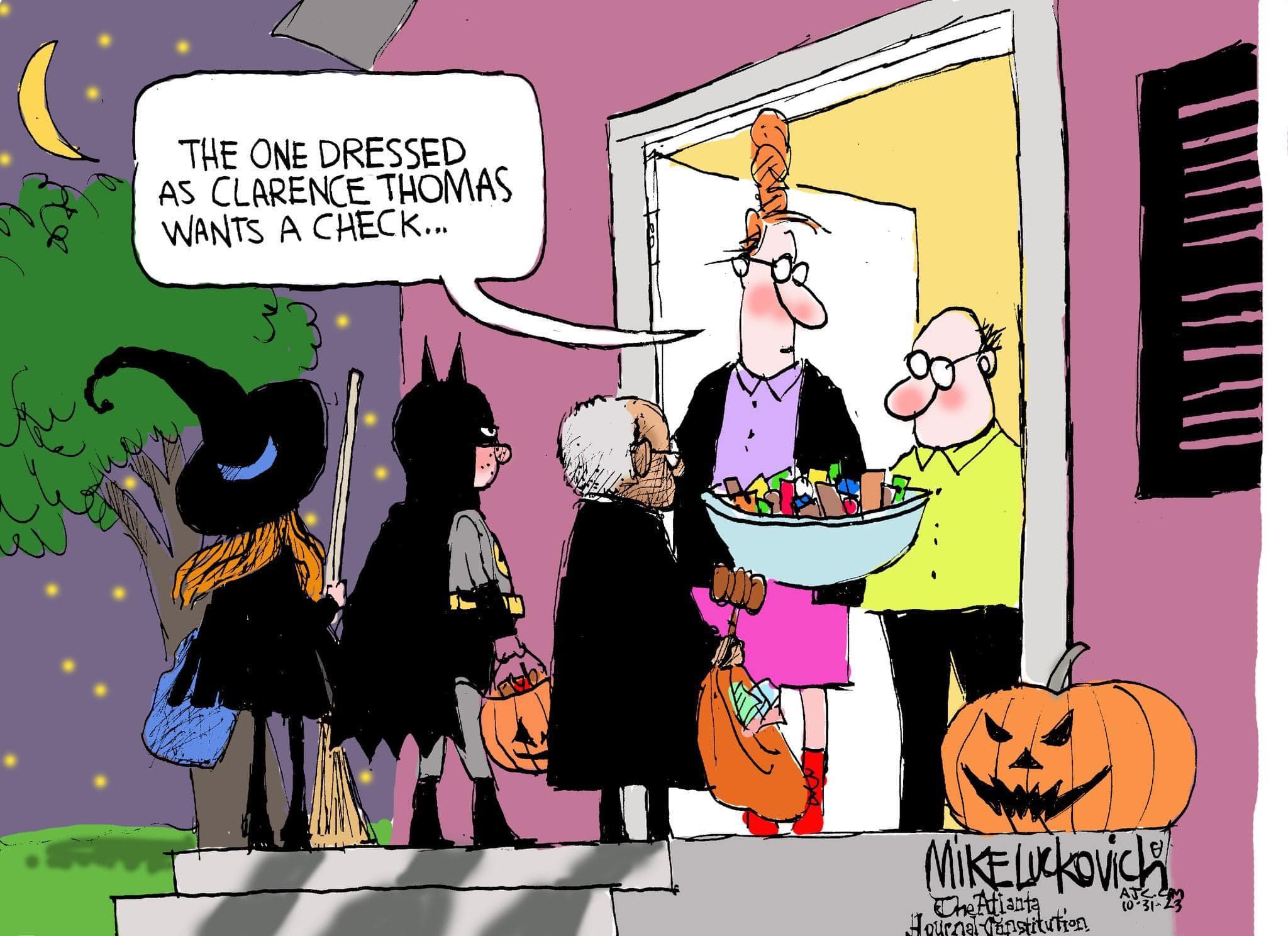The Daily Escape:

Surf, Shore Acres SP, OR – December 2023 photo by Alan Nyri Photography
Next week is the last before the Christmas and New Year’s festivities. The extended holiday time will reduce Wrongo’s output and most likely limit his posts to season-appropriate musical selections. But that’s next week. With what remains of this week, here are some snippets from longer articles.
First, from Kyle Tharp, “Inside the first-ever White House holiday party for internet celebs”:
“It’s the influencer party,” I overheard one Secret Service officer mumble to another….We were in line for one of the annual White House Holiday Receptions…where allies of the President, dignitaries, and the press are invited to gather for spiked eggnog and hors d’oeuvres while touring the newly unveiled holiday decorations. Unlike past parties, however, the guest list for the reception…was unprecedented: this event was organized by the White House’s Office of Digital Strategy….That meant the median age of attendees was probably decades younger than most holiday shindigs in DC, and the cumulative social media audience of those in attendance approached 100 million followers.”
Jill Biden gave a short toast:
“Welcome to the White House….You’re here because you all represent the changing way people receive news and information.”
Next, Politico reports that Bidenomics is a big hit outside the US:
“Bidenomics” is falling flat with American voters. But the rest of the world can’t get enough of it.
The Inflation Reduction Act’s (IRA) mix of support for clean energy technologies and efforts to box out foreign competitors is also promoting a kind of green patriotism — and even some politicians on the right outside the US say that’s a climate message they can sell:
“It’s probably the most impressive piece of legislation in my lifetime,” ex-diplomat Marc-André Blanchard, an executive at Canada’s biggest pension fund, told POLITICO at the…COP28 UN climate talks…”
Biden’s climate law has shown leaders around the world that winner-picking is back, something that has been out of fashion for the past 40 years. The IRA is having a real-world impact as investors shift their money to the US from abroad, hungry to take advantage of US tax breaks:
“In July, for example, Swiss solar manufacturer Meyer Burger canned plans to build a factory in Germany, choosing Arizona instead.”
Third, The Hill reports that buried in the just-passed defense bill was an anti-Trump nugget:
“Congress has approved legislation that would prevent any president from withdrawing the United States from NATO without approval from the Senate or an Act of Congress.”
The measure, spearheaded by Sens. Tim Kaine (D-VA) and Marco Rubio (R-FL), was included in the annual National Defense Authorization Act (NDAA) and is expected to be signed by Biden.
You have to give credit to Lil’ Marco, a shameless Trump supporter who publicly slams Biden, but who clearly understands that Trump back in office is a massive threat. It’s interesting that both Houses passed this, meaning that some House Republicans are acknowledging that Trump will abandon the US commitment to NATO if he gets the choice.
Finally, Drones. They are rapidly changing how soldiers fight, and as both sides in the Ukraine War grow more dependent on them, it’s becoming clear that the US doesn’t have the countermeasures that can defeat drone attacks. From Foreign Policy magazine:
“The advent of pervasive surveillance…has created a newly transparent battlefield. Ubiquitous drones and other technologies make it possible to track, in real time, any troop movements by either side, making it all but impossible to hide massing forces and concentrations of armored vehicles from the enemy.”
More:
“That same surveillance…makes sure that forces, once detected, are immediately hit by barrages of artillery rounds, missiles, and suicide drones.”
As drones take an increasingly prominent role in modern warfare, it’s clear that the need to disable or kill them is critical. Back in the stone age, when Wrongo was an air defense officer, it was the domain of specialist units with very expensive equipment. Now, the proliferation of small, cheap drones is spreading the anti-drone role down to the infantry squad level. From the WSJ:
“Pentagon acquisition chief Bill LaPlante said…that the US needed a surge in production of counterdrone technology, and that a lack of such equipment was hampering operations in both Ukraine and Israel.”
While Ukraine has successfully used drones throughout the war, Russia has recently improved its capabilities. That’s causing Ukraine to lose 10,000 drones a month. Both sides are also expanding their capacity to make drones. More from the WSJ: (brackets by Wrongo)
“Russia has been very effective at bringing Ukrainian drones down by sending out more powerful signals to control the drone than [can] its actual operator….This ability to jam drone signals means that Ukrainian operators have to move closer to the front line to maintain a signal with their [drones]…”
State-of-the-art drone Electronic Counter Measures (ECM) are severely lagging in the West, reducing our ability to help Ukraine, and potentially endangering us here at home. Warfare has changed and America’s playing catch-up. You better believe China is going to school on drone warfare in Ukraine.
Enough of the scary stuff. It’s time for our Saturday Soother, where we decide to unplug from all news all the time and spend a few moments gathering ourselves before the rush of news and holiday shopping that will fill next week.
Start by arranging yourself in a comfy chair by a south-facing window. Now, watch and listen to Edvard Grieg’s Peer Gynt Suite No. 1, Op. 46 “Morning Mood”. It is performed here by the Berlin Philharmonic, conducted by Herbert von Karajan in 1983:
Practically every human being has heard this at least once in their life.


